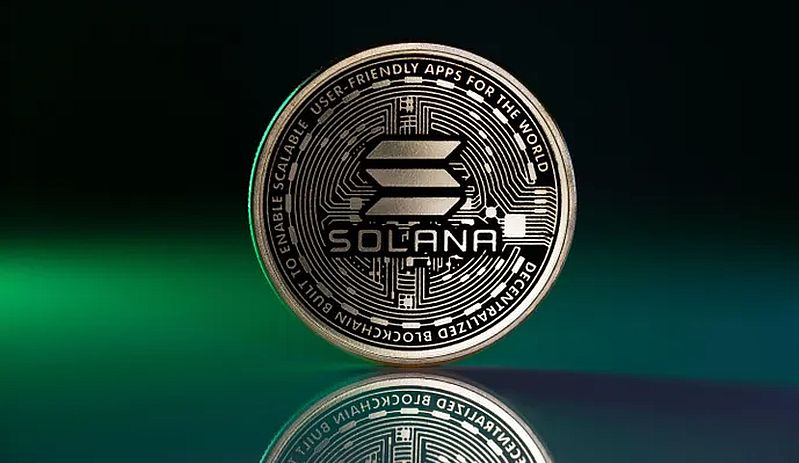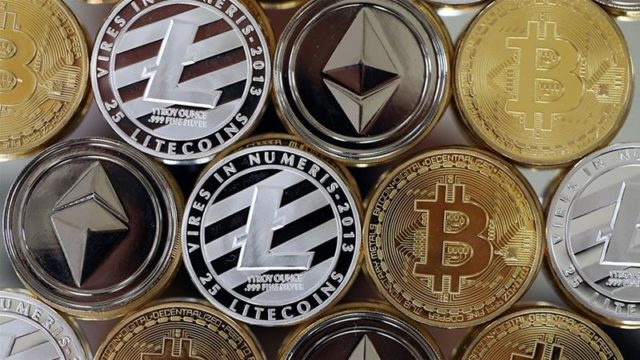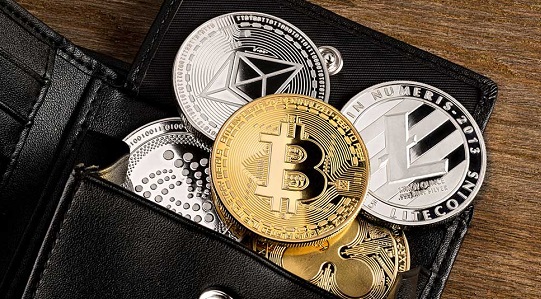What is a listing of cryptocurrencies and tokens.

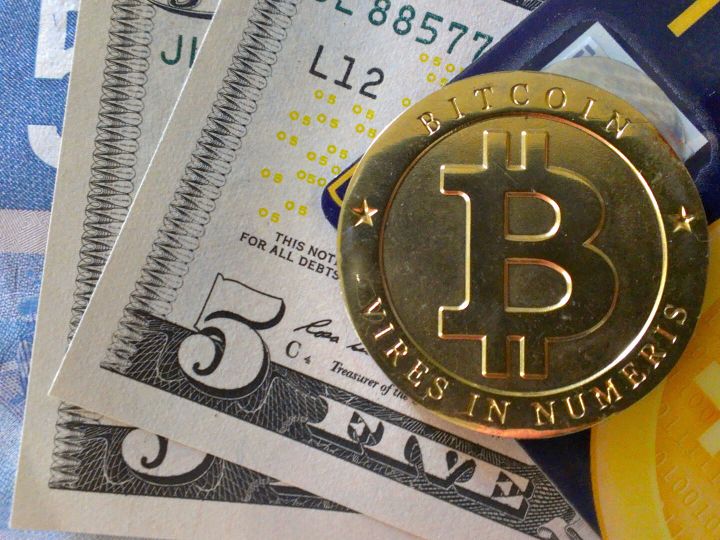
Understanding cryptocurrency is not that difficult, however, first of all, you need to comprehend a lot of processes that surround crypto. For example, you will have to study what listing means in crypto. It is about understanding the essence of the process (what it is), as well as the advantages and disadvantages associated with it.
In addition, it is important to understand what listing means in cryptocurrency, as well as how tokens work and how they differ from coins in crypto. Such knowledge allows earning in the long term.
What is cryptocurrency listing?
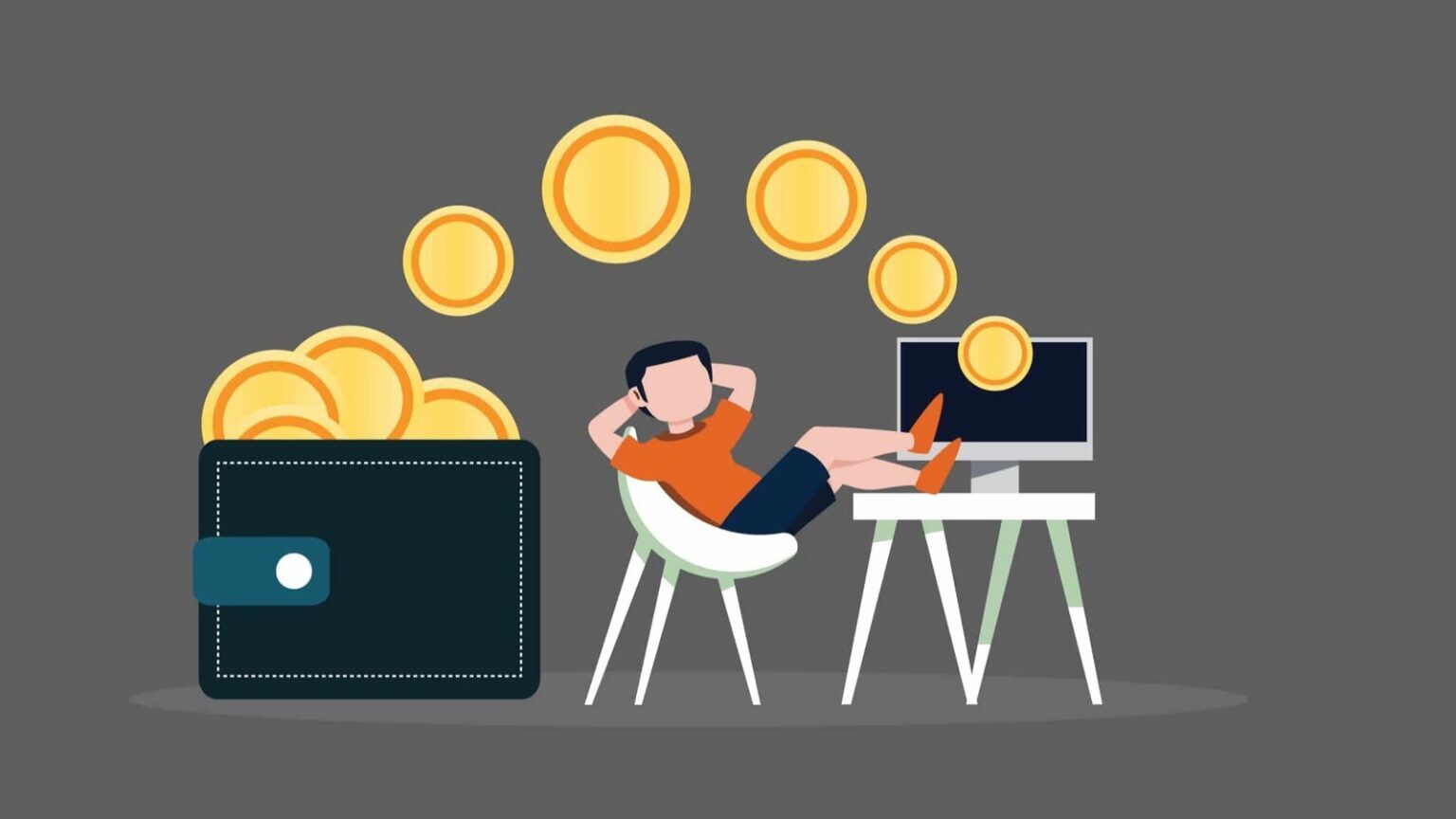
Let's start with what cryptocurrency listing is (what it means): it is the process by which a cryptocurrency or token becomes available for trading on a cryptocurrency exchange or platform. This process is crucial for the growth and recognition of cryptocurrency, as well as for attracting liquidity and users.
What is coin listing is even simpler: a coin listing in crypto — is the process when a new cryptocurrency or token is added to the list available for trading on a cryptocurrency exchange. Here is how it can be simply explained:
-
Listing — is like if you opened a new product in a store. After the listing, people can buy and sell this cryptocurrency on the exchange, just like other products.
-
How this process occurs. The project team submits an application to add their coin to the exchange. The exchange checks the project, and if everything is fine, it adds the coin to its list. In other words, this process is quite simple.
-
When the coin is listed, it becomes available to more people, which can increase its popularity and price. This means that investors join in, earning from the increasing popularity of these coins.
An example of how this works: if a newcomer sees a new cryptocurrency on the exchange, it means it has just been listed, and now they can buy or sell it.

Essentially, listing helps cryptocurrency to become more accessible and visible to investors. However, even after understanding the process, one still needs to observe how it happens.
It should be noted how the listing process occurs:
-
The project or team of the cryptocurrency submits an application for their cryptocurrency to be included on the exchange's list.
-
The exchange conducts an evaluation of the cryptocurrency, including its technical characteristics, development team, market potential, and compliance with legal norms.
-
The exchange may perform testing, integration, and security checks before the official listing.
-
After successfully passing all stages, the exchange announces the listing of the cryptocurrency and begins trading it.

The entire process is transparent and accessible even to a newcomer.
Advantages and disadvantages
It should be stated that listing is a positive process, but it has its peculiarities. First and foremost, it is about increasing liquidity. Listing on a major exchange increases the accessibility of cryptocurrency and contributes to its liquidity boost. Also, the cryptocurrency becomes more noticeable to investors and users, which can lead to an increase in its popularity. This already implies that there is more trust in the currency among experienced investors and novices.
This process has its peculiar negative sides. They cannot be fully called disadvantages, but they certainly need to be taken into account. The listing process can be associated with high costs and fees that the project must pay to the exchange. One should not forget about competition. A large number of cryptocurrencies can make it difficult to promote new ones, especially if the project does not have significant differences or unique features.

In summary, when studying the cryptocurrency market, one should take into account both the positive and negative sides of the entire process. This is how experienced investors operate.
Token Listing
Tokens are not actual coins and serve more for accounting purposes. However, there is also a process for listing tokens. Here is how it happens:
-
The process is similar to listing cryptocurrencies, emphasizing the verification of the token itself and the project that issued it.
-
Next, technical integration occurs. It includes the integration of the token into the exchange platform, which may require the development of smart contracts or other technical solutions.
-
Then, the exchange announces the listing of the token, and it becomes available for trading.
Listing a token on the exchange allows investors and users to easily buy or sell the token, which may promote its spread. Additionally, listing on the exchange can attract investors looking for new investment opportunities.

This process also has its risks. In some countries, listing tokens may face additional legal and regulatory risks, especially if the token is classified as a security. This point needs to be considered. Not all tokens have real value or working products behind them, so there is a risk that some tokens may turn out to be frauds or low-quality projects.
Read also
- What to see in Bukovel: winter, summer and autumn
- What to see in Iceland: in winter, in summer, on a tour
- What is p2p and pay2pay transfer
- Best Adult Films: TOP 5 Films

